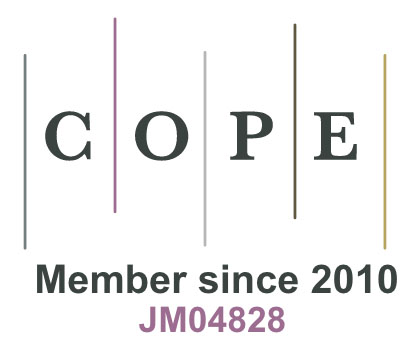Transgender Patient Care
Our current featured article is by Rebecca M. Carabez, PhD, RN ;Michele J. Eliason, PhD and Marty Martinson, DrPH title “Nurses’ Knowledge About Transgender Patient Care: A Qualitative Study.” This article is available for download at no cost while it is featured on the ANS website! Dr. Eliason sent this message about her personal experiences embarking on a career focused on LGBTQ health:
In 1988, I started my first study of LGBTQ issues in nursing, and I was NERVOUS! I had escaped a homophobic healthcare clinic setting for the supposedly academic freedom environment of the university the year before, but they had hired me as a developmental psych person. Nothing on my vita indicated an interest in LGBTQ issues at that
point, nor had these issues every been discussed in my formal education, except for an off-handed comment about homosexuality being a mental disorder in one psychiatric nursing course I took.
I talked to my research mentor at the time, who told me, “It’s all well and good that you do this type of research, but just make sure that you get 2 or 3 publications in legitimate areas for every one you do on this topic.” I did that, but even then, had some challenges when I came up for tenure. I am glad to report that things have shifted in nursing since then, and articles on LGBTQ issues are becoming much more widespread. Now people are able to say LGBTQ and now what it means. Even Donald Trump, halting and awkward as it was, uttered the initials at the Republican National Convention and called for equal rights (it might be the only sensible thing he has ever said on the campaign trail). We have made progress on LGB issues, but the growing edge of our movement in the past few years has been related to transgender issues.
In regards to this particular study, on nurses’ knowledge of transgender health care needs, our findings demonstrated that nurses’ willingness to work with diverse patients is laudable, but their lack of knowledge and fund of misinformation is quite alarming. This study was conducted in the San Francisco Bay Area, where presumably, nurses have much more exposure to LGBTQ issues than in many other places, but even here, we encountered negative attitudes and nurses saying that they never learned anything about this population in their educational programs or in continuing education.
This study was part of a much larger project on LGBTQ issues more broadly initiated by Rebecca Carabez, and a team
of nursing students worked on the project. One identified as transgender, and we watched as they struggled with finding employment when the student’s appearance did not match their gender on legal documents, and who became more depressed as time wore on without meaningful employment. Transphobia has material consequences on individual’s daily lives—without adequate employment, transgender people are likely to live in poverty and suffer all the negative consequences of that poverty, from lack of any regular source of healthcare (leading to getting needed hormones and other treatments on the street), to “illegitimate” employment in the drug or sex trades, homelessness, and other serious issues. We found in our study that many nurses laughed when talking about transgender issues—that nervous kind of laugh that means, “I’m really uncomfortable with this question.” They often gave long, rambling, circuitous answers to the questions that indicated that they really had no idea how to answer. Few were overtly negative about transgender patients, but imagine what it would be like for a transgender patient to try to communicate with a nurse who was that uncomfortable.
My co-authors and I had long discussions about gender. We all identify as sexual minority women, but none of us as transgender or genderqueer. We tried to imagine ways to break down the gender binary that has been in operation in our own lives but like most others, we are somewhat entrenched in that system and it is hard to imagine life without the breaking down of people into two genders. It requires a radical transformation in thinking and in language itself. We firmly believe that this transformation is necessary, not just to improve services for transgender patients, but for all patient care, because the gender binary and gender stereotypes have hurt us all.
We hoped that our article might start some conversations among nurses about how to treat their transgender clients/patients more respectfully, but even more, about how to have hard conversations about the nature of gender and sexuality and ultimately, how we treat each other. I am gratified that today, unlike the late 1980s when I started writing about LGBTQ issues in nursing, that there is now a willingness to publish articles on these topics and to discuss how to integrate them into nursing education. Talking and writing about LGBTQ issues is a first step, but I challenge you to read the article and ask yourself, “What can I do personally to effect change for transgender patients in my nursing setting?”







